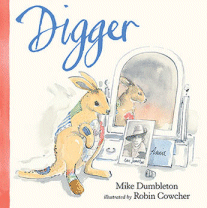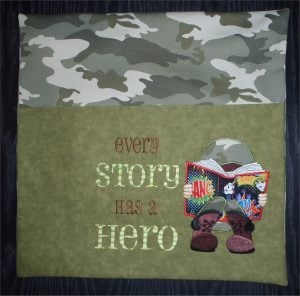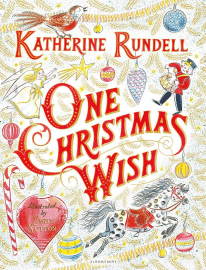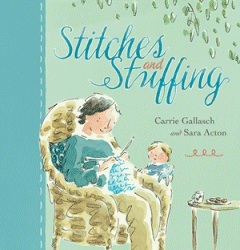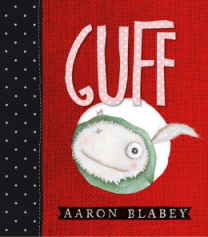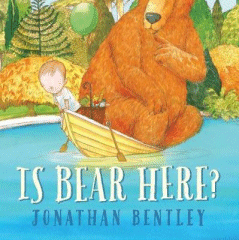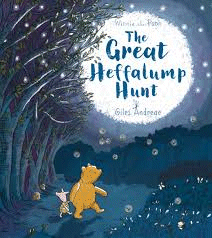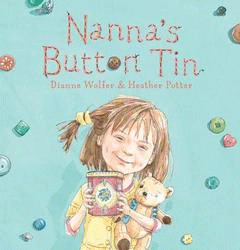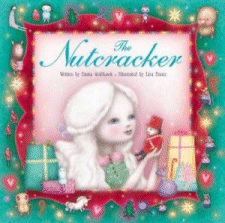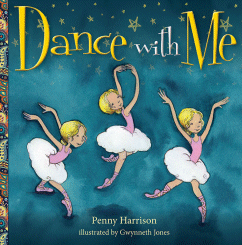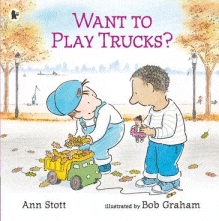
Want to Play Trucks?
Want to Play Trucks?
Ann Stott
Bob Graham
Walker Books, 2018
32pp., pbk., RRP $A16.99
9781406378238
Almost every morning Jack and Alex play together in the sandpit at the playground while their mothers have a chat. They enjoy playing together, Jack with the trucks, particularly those that are big and can wreck things, and Alex with his doll, who has a pink, sparkly dress. When Jack suggests they play trucks, Alex counters with playing dolls that drive trucks. And this is a happy compromise until Jack chooses a crane and tells Alex that dolls with tutus can’t drive cranes.
But this is not an argument about gender, although as it escalates it seems it is – Jack has a much more pragmatic perspective which Alex quickly solves and they are soon playing happily again until they hear the sound of the ice cream truck.
Time and again over the 45+ years I’ve been in education I’ve seen children squabble and adults intervening because they have imposed their beliefs and perspectives on what they think is the problem, when it is really a much more simple issue such as in this story. Rather than letting the children sort it for themselves and learning all sorts of critical social skills as they do, the adults are too prone to step in looking for peace above all else. In my opinion, it is what is going on in the background that is as important as the foreground in this story, as the mothers continue to chat, nurse Alex’s baby sister when she wakes up and go with the boys to get ice cream, ignoring the boys’ conflict, if indeed they notice it. Graham also has lots of other characters passing by going about their lives with no reference to what is happening in the sandpit – there is no notice taken of the boys’ different ethnicity, their preference for particular toys or their minor squabble. Life is what it is and is as it is. And therefore the boys are left to work things out for themselves,learning in their particular microcosm how to negotiate, compromise, change, accept, include… all those vital attributes that will help them navigate their expanding world.
While this book appears to be about challenging gender stereotypes because of the boys’ choice of toys, to me that is just the hook on which the broader issue of how kids deal with, negotiate and celebrate difference and diversity has been hung on. Sharing this with little ones will open up opportunities for them to not only share their stories but to learn their own strategies as they are challenged by new situations.
Won’t be surprised to see this nominated for awards in the future.
